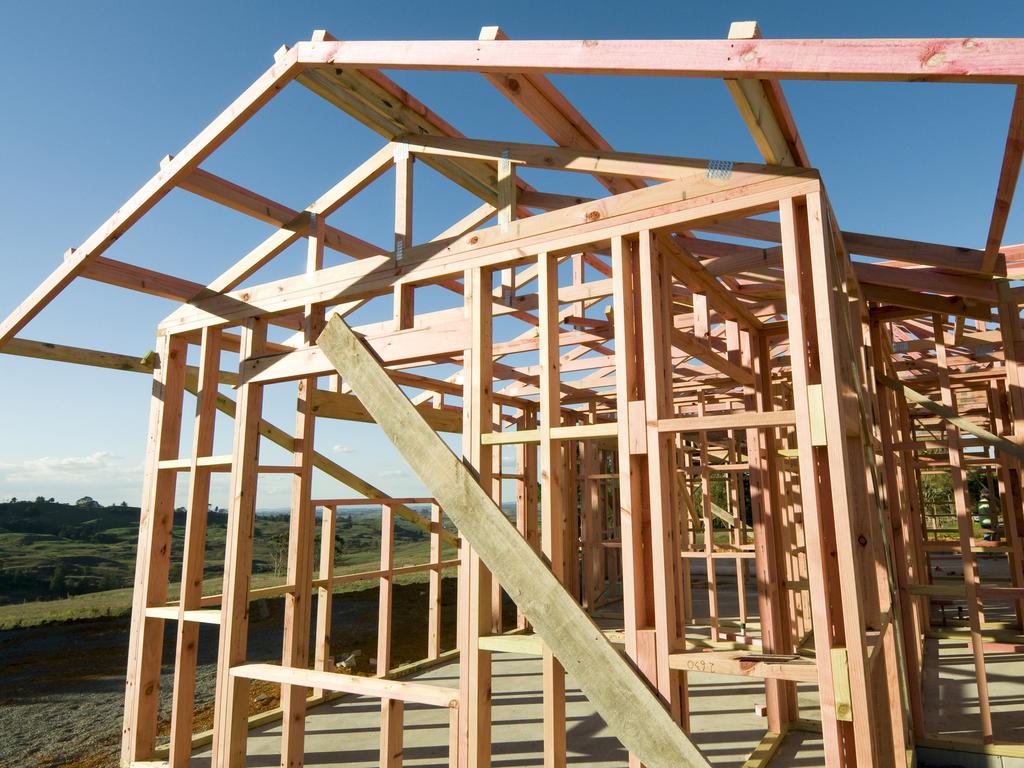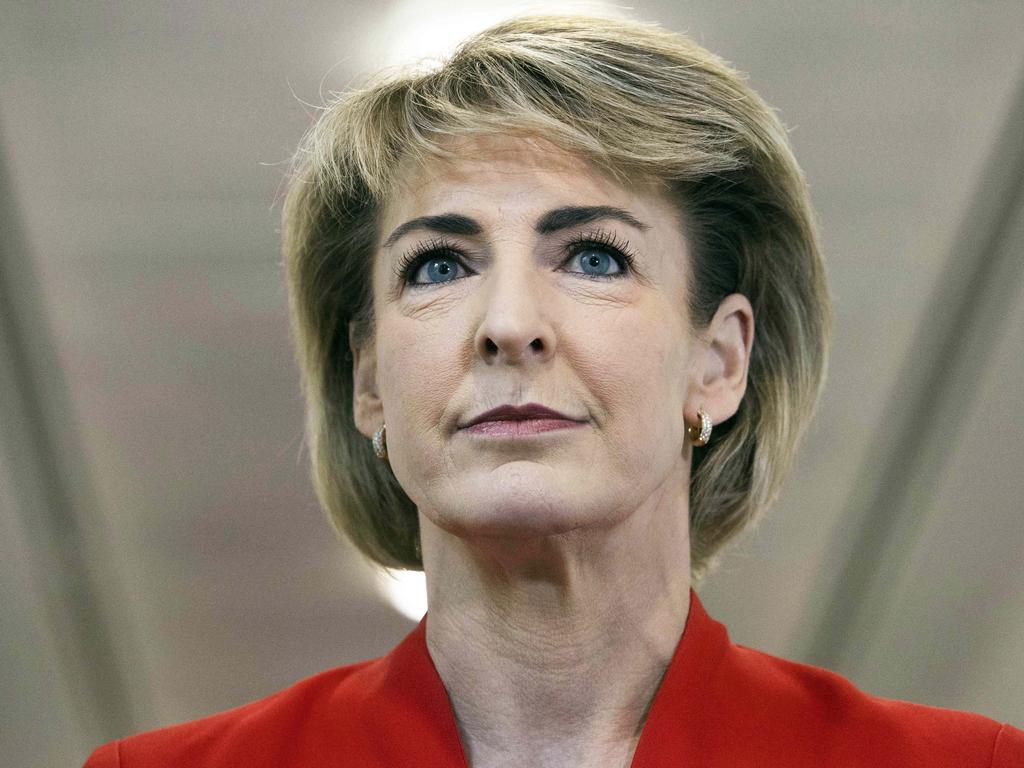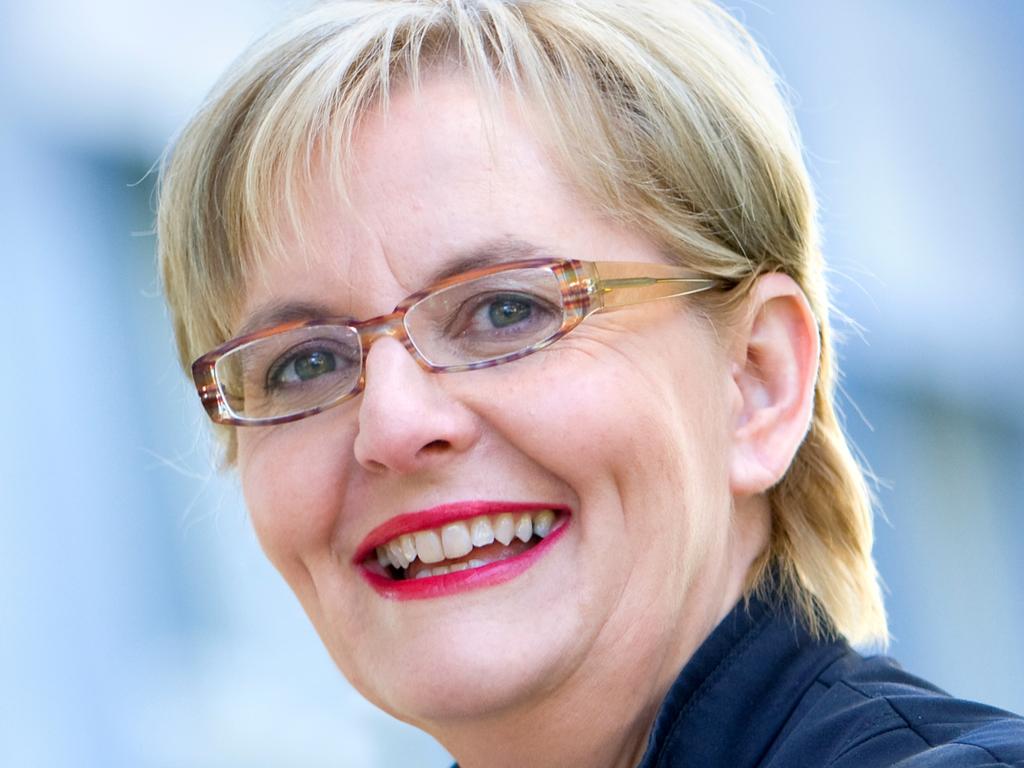Loans plan for virus-hit businesses after JobKeeper
Treasury is considering a HECS-style business loan scheme as part of the government’s post JobKeeper support package.
Treasury is considering a revenue-contingent business loan scheme as part of the Morrison government’s targeted, post-JobKeeper support package for industries that continue to suffer from restrictions associated with the global coronavirus pandemic.
The Australian can reveal Treasury is examining a HECS-style loan program for businesses, under which pandemic-affected firms can borrow money to be repaid once turnover returns to a predetermined level.
With the government weighing up options for ongoing financial support once JobKeeper expires on March 28, Reserve Bank governor Philip Lowe said the end of the $86bn wage subsidy would likely prove an economic “blip” rather than a fiscal cliff that could derail the recovery.
In a speech to the National Press Club in Canberra on Wednesday, Dr Lowe said that when JobKeeper ended there would be “some job shedding” but that would take place “in the context of an economy that is otherwise recovering”. “It’s quite possible we have a month or two where the unemployment rate blips up,” Dr Lowe said.
While Labor has ramped up its attack on the government’s withdrawal of emergency support, Dr Lowe said the unemployment rate could still fall below 5 per cent by the second half of next year according to an “upside scenario” in which “a strong pick-up in consumer and business confidence (propels) a stronger self-sustaining recovery”.
The prospect of the jobless measure falling below pre-pandemic levels in under 18 months also raises the prospect of an earlier tightening in fiscal settings, with Josh Frydenberg saying he would pivot towards budget repair once the unemployment rate dropped “comfortably” below 6 per cent. The RBA’s base case has unemployment falling below 6 per cent at the start of next year.
While Dr Lowe said he supported the Morrison government’s decision to end JobKeeper as planned, he repeated his argument for JobSeeker to be permanently lifted once the coronavirus supplement was removed.
“There is a wide consensus in the community that the previous level should be increased permanently, and I’ve said on previous occasions that I would join that consensus,” he said.
The RBA governor said he was in favour of a rise in JobSeeker, not based on the potential economic impact of withdrawing support to the unemployed, but because it was “a fairness issue”.
He said it was understandable for the government to end emergency support as the economy recovered and hold a “discussion about whether there’s an opportunity for more focused support in those industries which are still feeling very difficult conditions”.
The Australian has established that Treasury officials have met in the past week with Australian National University professor and former RBA board member Warwick McKibbin and discussed the merits of a HECS-style scheme for struggling businesses.
Professor McKibbin has been a vocal proponent of such a program and proposed a similar measure directly to the Prime Minister in March last year.
“The first time around (in the initial phases of the pandemic) you had to spray money around and some of that was wasted, but this time around you want to do it in a much more targeted way,” he said. “You’ve got to be careful with the selection process, which would mean screening for eligibility by region and sector.”
Professor McKibbin said the scheme had the benefit of using existing systems, such as the business activity statement and single-touch payroll tax databases — a key advantage of the JobKeeper program.
The Treasurer on Wednesday declined to comment on whether the government was considering the proposal.
The speech from Dr Lowe came a day after he unveiled a further $100bn in monetary policy support to bolster growth and committed to keep rates at 0.1 per cent until 2024 “at the earliest”.
“The cash rate will be maintained at 10 basis points for as long as is necessary,” he said.
Dr Lowe argued that the economic downturn was not as deep as was initially feared and “the bounce-back had been earlier and stronger than we were expecting”.
The RBA now expects in its base case that the jobless rate will drop from 6.6 per cent to 6 per cent by the end of this year, and to 5.5 per cent by the close of 2022 — as revealed in Tuesday’s statement accompanying the bank’s first meeting of the year.
In his speech, Dr Lowe detailed an upside scenario: the pandemic remained well contained “with a strong pick-up in consumer and business confidence propelling a stronger self-sustaining recovery, especially given the large amount of monetary and fiscal stimulus”.
“In the upside scenario, the unemployment rate falls faster to be a bit below 5 per cent in the second half of next year,” he said.
In contrast, the downside scenario was one in which there was a combination of sporadic domestic outbreaks, a delay in the rollout of vaccines and a worsening global outlook.
Dr Lowe said he expected significant savings accumulated by households during the pandemic would support spending in the months ahead, despite a projected fall in income over the next six months as emergency government support measures are removed.
The pace at which consumers — and businesses — are willing to draw down on the additional tens of billions of dollars in savings would determine whether the economy grew faster and if unemployment dropped more swiftly than the bank’s central scenario.
Despite a more optimistic outlook that has the economy regaining its pre-pandemic size by the middle of the year, six to 12 months earlier than previously anticipated, Dr Lowe said the December quarter national accounts would show output 4 per cent below where the RBA expected it would be.
“This is a big gap,” he said.








To join the conversation, please log in. Don't have an account? Register
Join the conversation, you are commenting as Logout